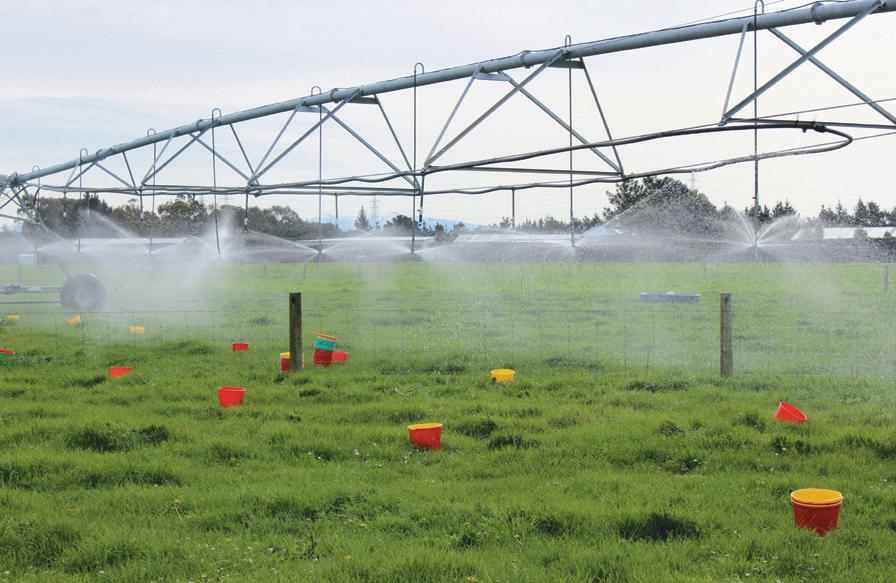ARABLE
It’s a bread marketer’s dream… Currently, the majority of New Zealand bread produced is made from Australian grain; and even when the wheat is New Zealand grown, the end product is seldom labelled as such. Making all New Zealand bread from New Zealand grown grain would provide a number of environmental and economic advantages. WORDS BY ANNA HESLOP, FOUNDATION FOR ARABLE RESEARCH
New Zealand families could eat their daily bread, safe in the knowledge that it was the home grown product of an environmentally sustainable farming system and that its journey from paddock to plate produced fewer greenhouse gas emissions than market
54
R E AL FARM E R
alternatives. For this reason, many of them would be prepared to pay a little more. If this sounds too good to be true, think again. FAR-led project has produced evidence to support all of the claims above.
High quality New Zealand grown milling wheat
Research, found a clear overlap in flour quality parameters between New Zealand wheat cultivars and the three Australian wheat grades most often imported into New Zealand (Australian prime hard wheat (APH), Australian hard wheat (AH) and Australian premium white wheat (APW)).
There is a perception that the baking quality of New Zealand grown milling wheat is inferior to that grown in Australia. This myth has been busted by a FAR-commissioned study comparing Australian harvest crop reports from the last five years with New Zealand cereal performance trial (NZ CPT) results from the same period.
It also showed large variation in flour properties between batches of New Zealand milled Australian wheat. This was unexpected, as Australian wheat quality is generally perceived to be more consistent than New Zealand wheat quality, due to the mixing of lines that takes place during aggregation into grades before shipping to New Zealand.
The report, Quality attributes of New Zealand milling wheat cultivars, by Plant and Food
In short, a flour with comparable baking properties to Australian APH, AH and APW




















